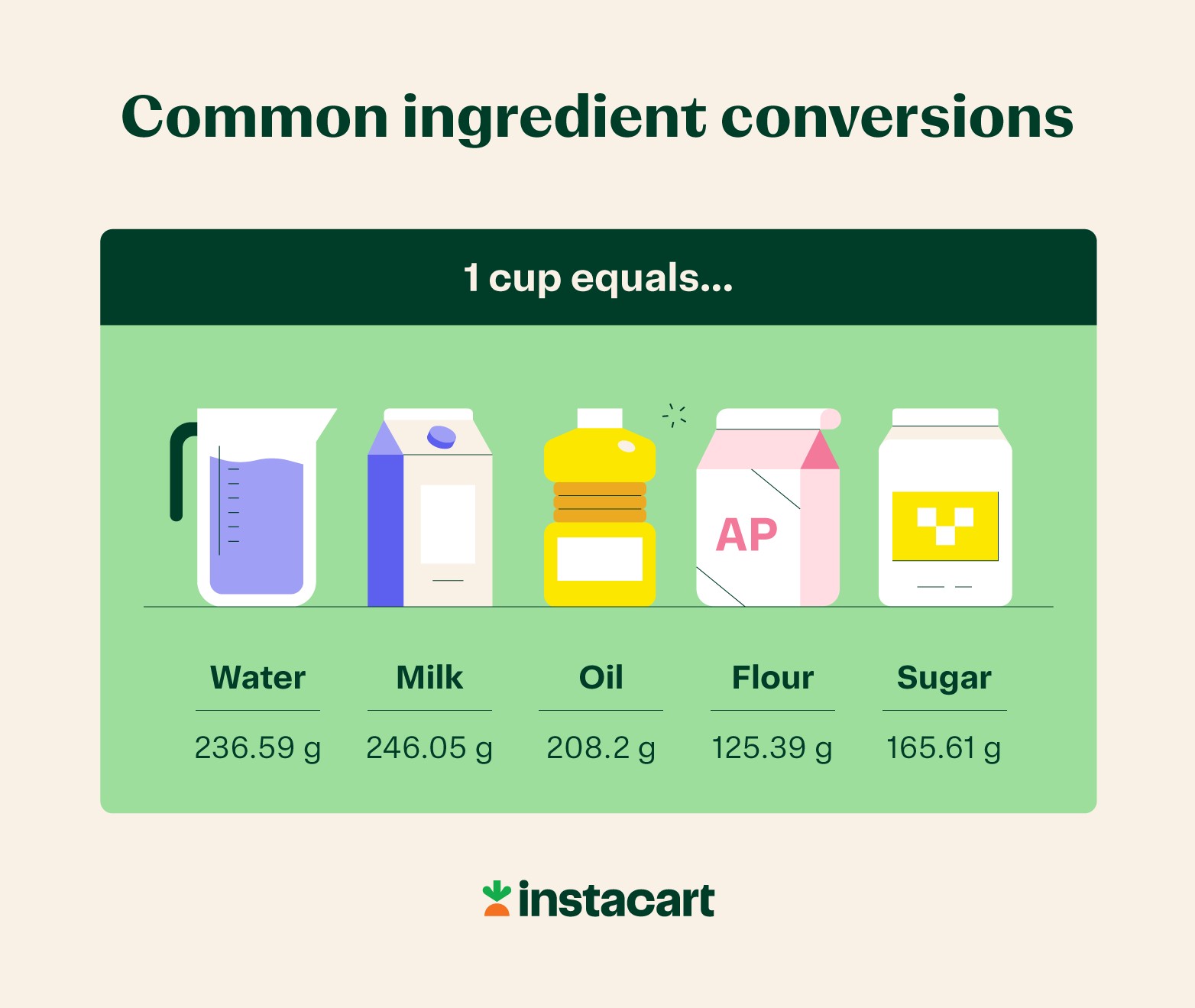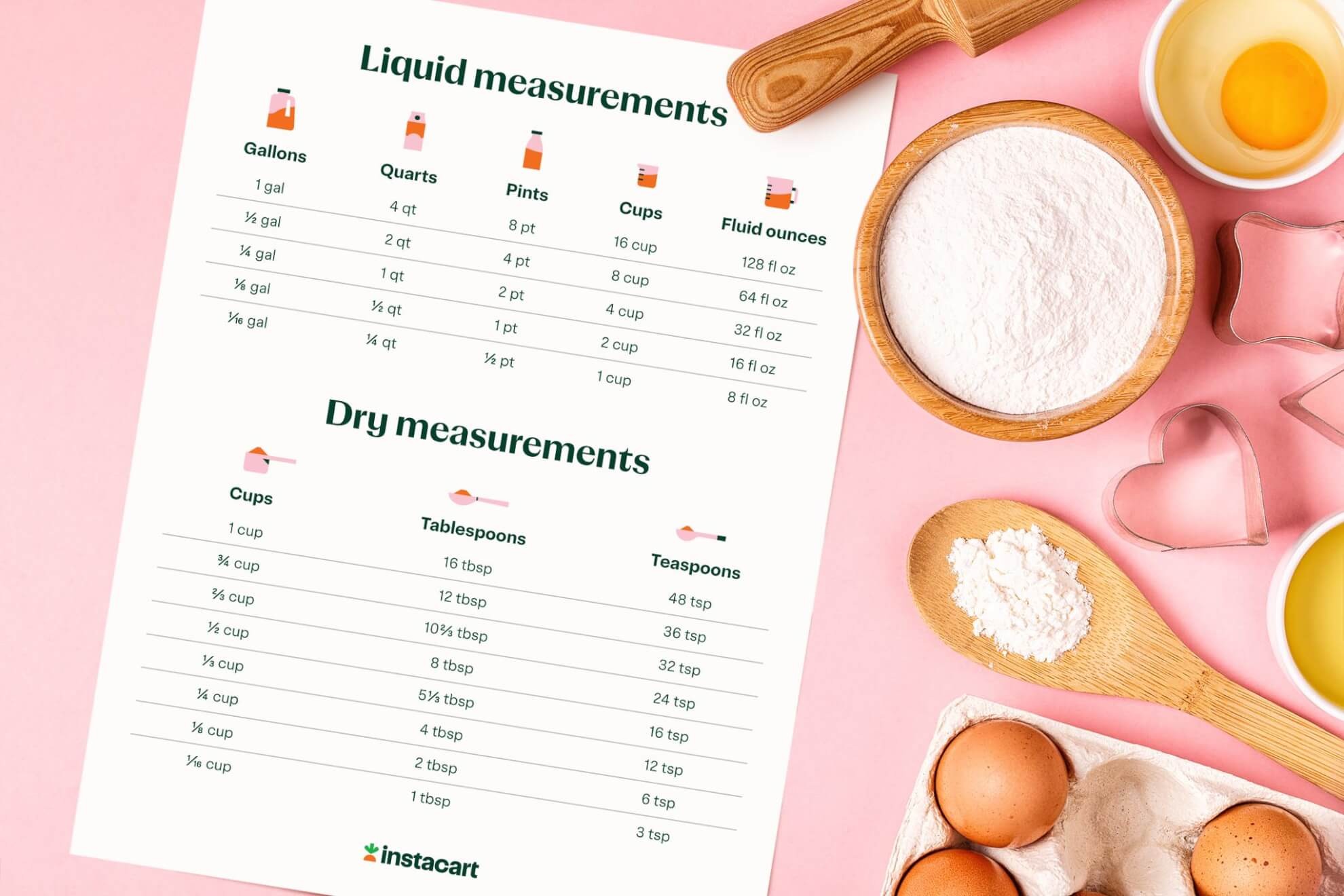Baking or cooking and need to convert grams to cups? Accurate measurements are crucial for successful recipes. While the general rule is that there are 250 grams in 1 cup according to the metric system, this can vary significantly depending on the ingredient. This guide will help you understand the nuances of converting grams to cups, providing conversion charts and helpful tips for precise measurements.
Understanding Grams to Cups Conversion
Converting grams to cups isn’t as straightforward as a simple number. The key factor is the density of the ingredient. A cup of feathers will weigh much less than a cup of lead. Therefore, understanding ingredient density is crucial for accurate conversions.
Converting Grams to Cups: The Formula
The formula to convert grams to cups involves the ingredient’s density:
Cups = Grams / (237 x Density of Ingredient)
For example, let’s say you want to convert 500 grams of honey to cups, knowing honey has a density of approximately 1.42 g/ml.
500 / (237 x 1.42) = ~1.48 cups
Converting Cups to Grams: The Formula
Conversely, if you need to convert cups to grams:
Grams = Cups x (237 x Density of Ingredient)
So, converting 1.5 cups of honey back to grams:
- 5 x (237 x 1.42) = ~504.69 grams
Ingredient Density: Where to Find It
Finding the density of an ingredient is essential. A quick search online for “[ingredient name] density” will often provide the information you need. You can also consult specialized culinary resources and ingredient weight charts.
Alt text: Grams to cups conversion chart illustrating the different densities of common baking ingredients.
Conversion Charts for Common Ingredients
To simplify your baking process, here are conversion charts for some common ingredients:
Butter Conversion Chart
| Cups | Grams |
|---|---|
| 1/4 cup | 54 |
| 1/3 cup | 72 |
| 1/2 cup | 107 |
| 1 cup | 215 |


Flour Conversion Chart
Note that flour density varies based on type (all-purpose, cake, etc.).
| Cups | Grams |
|---|---|
| 1/4 cup | 31 |
| 1/3 cup | 41 |
| 1/2 cup | 62 |
| 1 cup | 125 |
Sugar Conversion Chart
| Brown Sugar (Packed) | White Sugar | |
|---|---|---|
| Cups | Grams | Grams |
| 1/4 cup | 55 | 42 |
| 1/3 cup | 73 | 53 |
| 1/2 cup | 110 | 83 |
| 1 cup | 220 | 166 |
Liquid Sweetener Conversion Chart
| Cups | Grams |
|---|---|
| 1/4 cup | 82 |
| 1/3 cup | 109 |
| 1/2 cup | 163 |
| 2/3 cup | 217 |
| 3/4 cup | 245 |
| 1 cup | 326 |
Rice Conversion Chart
| Brown Rice | White Rice | |
|---|---|---|
| Cups | Grams | Grams |
| 1/4 cup | 42 | 49 |
| 1/3 cup | 57 | 66 |
| 1/2 cup | 85 | 99 |
| 2/3 cup | 113 | 132 |
| 3/4 cup | 127 | 148 |
| 1 cup | 170 | 198 |
The Importance of a Kitchen Scale
While conversion charts are helpful, a kitchen scale provides the most accurate measurements. A digital kitchen scale eliminates guesswork and ensures consistent results, particularly in baking where precision is key.
Alt text: Overhead view of various baking ingredients and utensils on a light pastel background, emphasizing baking precision.
Conclusion
Understanding the relationship between grams and cups is essential for successful cooking and baking. By using the formulas and conversion charts provided, and ideally investing in a kitchen scale, you can achieve accurate measurements and consistently delicious results. Happy cooking!
